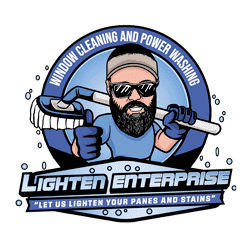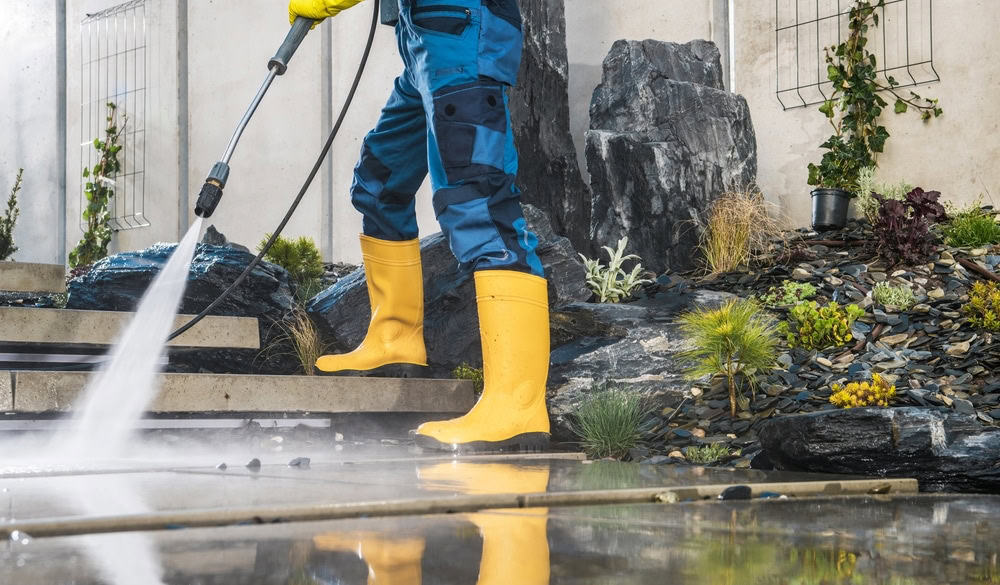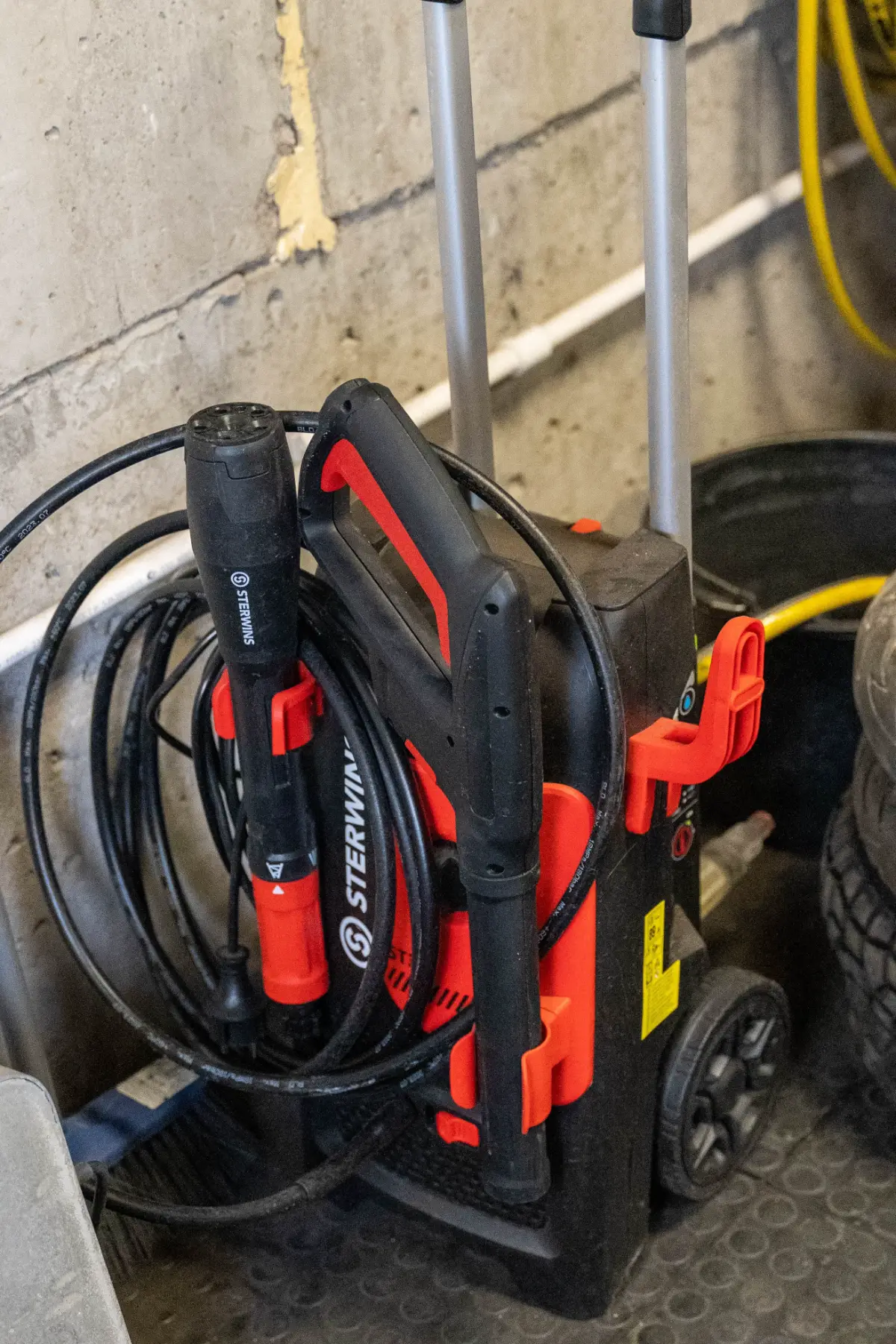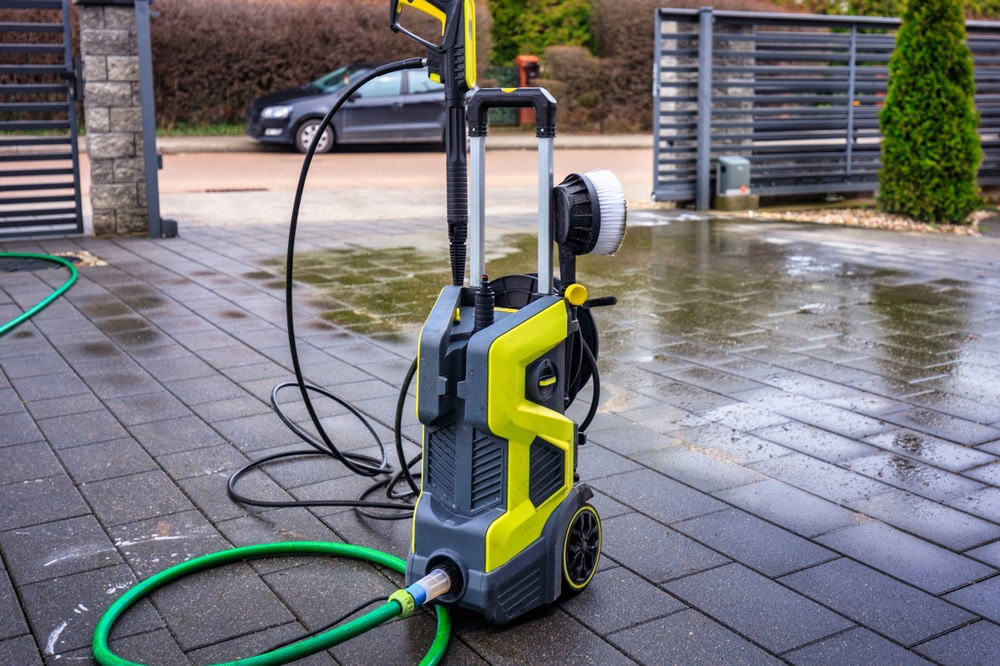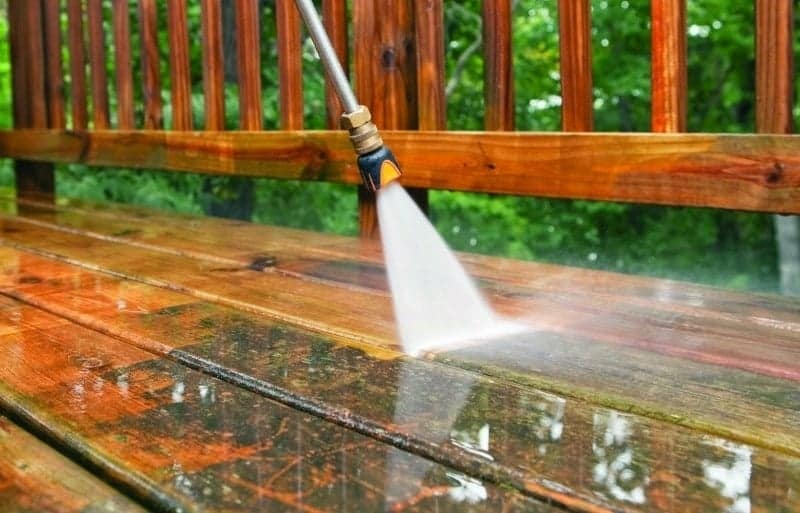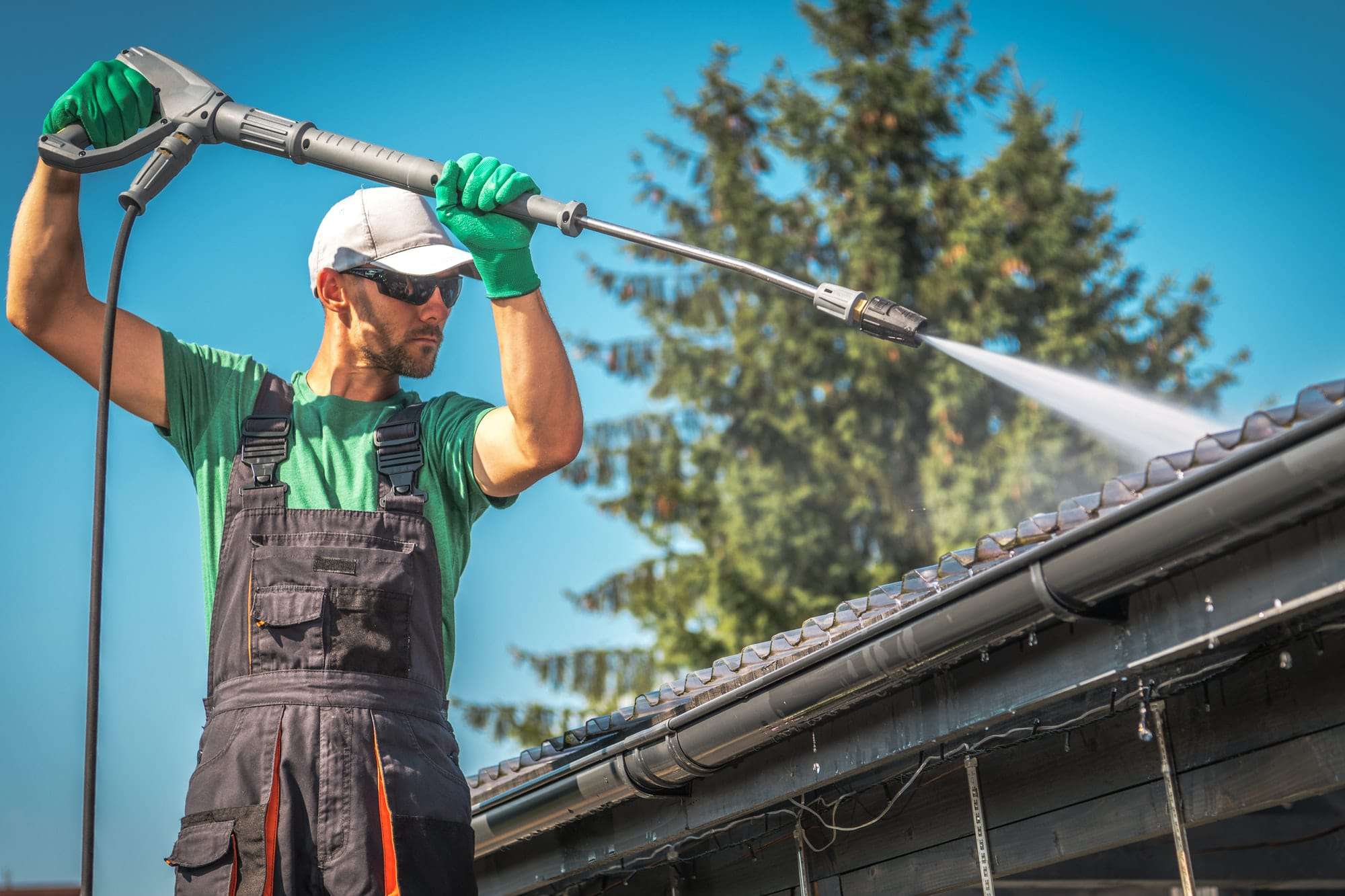Summary:
What's Really in Your Pressure Washing Wastewater?
When you pressure wash a surface, the high-pressure stream dislodges a variety of materials that become suspended in the water. That murky runoff from a driveway cleaning, for instance, often contains automotive fluids like oil and antifreeze, heavy metals from brake dust, and phosphates from detergents. Siding and deck cleaning can add mold spores, mildew, and chemical residues from stripping agents or stains to the mix. These substances don’t just disappear when they enter a storm drain. In Fayette County, storm drains lead directly to local bodies of water, such as Elkhorn Creek, without any filtration. As a result, these contaminants can harm aquatic life and degrade water quality for everyone. Recognizing what’s in your wastewater is the first step toward managing it responsibly.
Containing and Filtering Runoff at the Source
The most direct way to handle contaminated water is to stop it from spreading. Before you begin, use sandbags or plastic berms to create a contained area, preventing runoff from reaching storm drains or neighboring properties. Within this area, you can place a filter sock or a drain cover designed to capture sediment and debris while allowing water to slowly pass through. For oily residues, absorbent pads can be placed in the water’s path to soak up hydrocarbons. This initial capture and filtration process removes a significant portion of the solid waste.
Using Landscaping as a Natural Filter
The most direct way to handle contaminated water is to stop it from spreading. Before you begin, use sandbags or plastic berms to create a contained area, preventing runoff from reaching storm drains or neighboring properties. Within this area, you can place a filter sock or a drain cover designed to capture sediment and debris while allowing water to slowly pass through. For oily residues, absorbent pads can be placed in the water’s path to soak up hydrocarbons. This initial capture and filtration process removes a significant portion of the solid waste.
Disposal Techniques for Different Cleaning Jobs
Your disposal method should adapt to the job. When conducting a simple house washing with a mild, biodegradable detergent, routing the water to your lawn is often sufficient. For deck cleaning that involves chemical strippers to remove old stains, the wastewater is more hazardous. This runoff should be captured in containers for proper disposal. Similarly, driveway cleaning often lifts significant amounts of oil and gasoline residue. This water cannot be directed into the landscape or a storm drain. It needs to be collected, often with a wet-dry vacuum system, and taken to a designated wastewater treatment facility that can process industrial contaminants. Always separate your cleaning tasks to avoid mixing different types of wastewater.
Residential vs. Commercial Disposal Requirements
Residential pressure washing typically generates a manageable volume of wastewater, making on-site filtration through landscaping a practical option for many tasks. Commercial pressure washing, which covers large surfaces like parking lots or building exteriors, produces much higher volumes of contaminated water. These operations are subject to stricter regulations. Many professional services utilize water reclamation systems—a closed-loop process where wastewater is vacuumed up, passed through a multi-stage filter to remove oils, metals, and sediment, and then reused. This technology can recycle up to 90% of the water, making it a highly responsible approach for large-scale projects.
Following Fayette County's Environmental Ordinances
Fayette County operates under the Clean Water Act, which prohibits the discharge of pollutants into storm sewers. Letting pressure washing runoff enter a storm drain is a violation of local ordinances. The Lexington-Fayette Urban County Government’s Division of Water Quality is responsible for enforcing these rules. To remain compliant, you must prevent any water other than rainwater from entering the storm sewer system. This means capturing your pressure washing wastewater or directing it to a sanitary sewer connection (like a utility sink or toilet), never a street-side drain.
A Cleaner Property and a Healthier Environment
Ultimately, the disposal of wastewater is as much a part of the pressure washing process as the cleaning itself. By evaluating the contaminants you are removing and selecting the appropriate capture and disposal method, you can attain a spotless exterior without negatively impacting Fayette County’s natural resources. From using landscaping for natural filtration to collecting water for treatment, these responsible practices protect our local waterways. If you have questions about managing wastewater from your specific project, contact a local professional for guidance.
